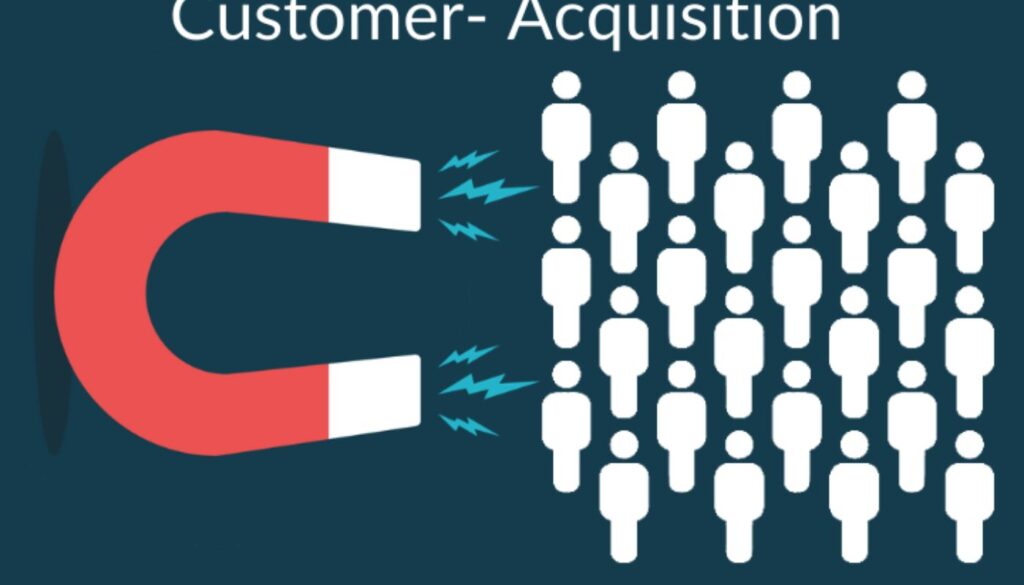Starting a bank is a monumental undertaking that requires immense capital investment, meticulous planning, and unwavering commitment to compliance with federal and state regulations.
However, for those willing to navigate the intricate bank formation process, the rewards can be substantial in the lucrative financial services industry. This comprehensive guide will walk you through every critical step, from securing the necessary licensing and charters to implementing cutting-edge technology and crafting effective marketing strategies.
Understanding the Regulatory Landscape
Before delving into the operational aspects of starting a bank, it’s imperative to grasp the complex regulatory environment that governs the banking industry. In the United States, several key agencies oversee and enforce federal regulations to ensure the safety and soundness of the financial sector:
- Federal Reserve (The Fed): The central banking system responsible for monetary policy, bank supervision, and maintaining financial stability.
- Federal Deposit Insurance Corporation (FDIC): An independent agency that provides deposit insurance and examines and supervises financial institutions for consumer protection and compliance.
- Office of the Comptroller of the Currency (OCC): A bureau under the U.S. Department of the Treasury that charters, regulates, and supervises national banks and federal savings associations.
In addition to federal oversight, each state has its own set of state regulations governing minimum capital requirements, permissible banking activities, consumer protection laws, and other aspects of banking operations. Aspiring bank founders must thoroughly research and adhere to both federal and state-specific requirements throughout the bank formation process.
Licensing and Charters
To legally operate as a bank, you’ll need to obtain the appropriate banking charter and licenses. The primary options are:
- National Bank Charter: Issued by the OCC, this charter allows banks to operate across state lines and is subject to OCC supervision and federal banking laws.
- State Bank Charter: Granted by the state’s banking department, this charter limits operations to within the issuing state and subjects the bank to state banking laws and oversight.
Regardless of the charter type, all banks must apply for FDIC insurance to protect customer deposits. Certain activities, like money transfers or check cashing services, may also require obtaining a Money Services Business license.
Read This: UNLEASHING THE POWER OF SOLAR: A GUIDE TO CHOOSING THE RIGHT B2B INSTALLER AND FINANCING
Developing a Robust Business Plan

A meticulously crafted business plan is the cornerstone of any successful bank formation. This comprehensive document will not only guide your operations but also demonstrate to regulators and potential investors that you have a viable, well-researched strategy.
Your business plan should include the following key sections:
- Executive Summary: A concise overview of your bank’s mission, products/services, target market, and competitive advantages.
- Company Overview: Details about your bank’s legal structure, ownership, and management team.
- Market Analysis: In-depth research on the banking needs in your target region, competitive landscape, and growth potential.
- Products and Services: A detailed description of the banking services you plan to offer, such as checking/savings accounts, loans, wealth management, etc.
- Marketing and Sales Strategy: Your plan for promoting your brand, acquiring customers, and building a loyal client base.
- Operations Plan: An outline of your branch locations, staffing requirements, technology infrastructure, and other operational aspects.
- Management Team: Profiles of your leadership team, highlighting their relevant experience and qualifications.
- Financial Projections: Detailed forecasts for income statements, balance sheets, cash flow statements, and capital requirements based on realistic assumptions.
Remember, regulators will scrutinize your business plan extensively, so it’s crucial to invest significant time and resources into crafting a comprehensive, well-researched document that leaves no stone unturned.
Read This: UNLEASHING THE POWER OF SOLAR: A GUIDE TO CHOOSING THE RIGHT B2B INSTALLER AND FINANCING
Choosing the Right Location and Building
The physical location and layout of your bank branches can significantly impact your success. When scouting potential sites, consider factors such as:
- Demographics: Analyze the population density, income levels, and growth projections in the area to gauge banking needs.
- Accessibility: Ensure the location is easily accessible by major roads, public transportation, and has ample parking.
- Expansion Potential: Look for areas with room for future growth and additional branches as your customer base expands.
- Operating Costs: Compare rental rates, utility costs, property taxes, and other expenses across different locations.
- Competition: Assess the presence and market share of other banks in the area to identify opportunities and potential challenges.
Once you’ve identified a suitable location, work closely with architects and designers to create a branch layout that meets all regulatory requirements while providing a welcoming, secure environment for customers and employees. Efficient bank building designs typically include:
- Secure vaults and cash-handling areas
- Drive-thru lanes and ATM vestibules
- Private offices for loan officers and wealth management advisors
- Open floor plans for teller lines and customer service desks
- Meeting rooms for community events and financial education seminars
Don’t underestimate the importance of creating a positive first impression through your physical branches.
Assembling a Stellar Management Team

The success of your bank hinges on the expertise and leadership of your management team. When staffing key roles, prioritize individuals with extensive experience in the banking industry and a proven track record of success.
Some crucial positions to fill include:
- Chief Executive Officer (CEO): The face of the organization, responsible for setting the strategic vision, overseeing operations, and maintaining regulatory compliance.
- Chief Financial Officer (CFO): Manages financial planning, reporting, and analysis, as well as ensuring adherence to accounting principles and capital adequacy requirements.
- Chief Risk Officer (CRO): Identifies, assesses, and mitigates potential risks to the bank, including credit, market, operational, and compliance risks.
- Chief Compliance Officer: Ensures the bank adheres to all relevant laws, regulations, and internal policies, and maintains effective compliance programs.
- Loan Officers: Evaluate and approve loan applications, structure loan terms, and manage the bank’s lending portfolio.
- Branch Managers: Oversee day-to-day operations at individual branches, manage staff, and ensure exceptional customer service.
In addition to the leadership team, you’ll need to hire experienced professionals in areas like IT and cybersecurity, human resources, and marketing. Offer competitive compensation packages and foster a positive company culture to attract and retain top talent.
Implementing Cutting-Edge Banking Technology
In today’s digital age, customers expect seamless, secure, and convenient banking services. To meet these expectations and stay ahead of the competition, you’ll need to invest in a robust technology infrastructure.
At the core of your tech stack should be a comprehensive core banking system that handles all essential functions, such as:
- Account opening and management
- Deposits and withdrawals
- Loan origination and servicing
- Regulatory reporting and compliance
To complement your core system, you’ll need to implement user-friendly online and mobile banking platforms that allow customers to access their accounts, transfer funds, pay bills, and more from any device.
Security is paramount in the banking industry, so prioritize robust banking security measures like:
- Multi-factor authentication
- Encryption of data in transit and at rest
- Firewalls and intrusion prevention systems
- Regular vulnerability testing and penetration testing
Additionally, consider leveraging emerging technologies like cloud infrastructure, artificial intelligence, and blockchain to enhance operational efficiency, improve customer experiences, and future-proof your bank.
When evaluating and implementing new technologies, partner with reputable vendors that specialize in the financial sector and have a proven track record of successful implementations. Conduct thorough due diligence and ensure that any new systems integrate seamlessly with your existing infrastructure.
Nailing the Marketing and Customer Acquisition

Even the most well-run bank will struggle without a comprehensive marketing strategy to attract and retain customers. Start by defining your brand identity, including your mission, values, and unique value proposition. Then, develop a multi-faceted marketing plan that leverages various channels:
- Website and SEO: Invest in a user-friendly, informative website optimized for search engines to maximize online visibility and lead generation.
- Social Media Marketing: Leverage platforms like Facebook, Twitter, and LinkedIn to engage with your target audience, share educational content, and promote your products and services.
- Community Outreach: Participate in local events, sponsor community organizations, and host financial education seminars to build brand awareness and goodwill within your service areas.
- Branch Marketing: Ensure consistent branding and messaging across all physical locations, utilizing tactics like window displays, promotional materials, and special events.
Additionally, consider implementing referral programs to incentivize existing customers to spread the word about your bank. Continuously monitor and adjust your marketing efforts based on performance data and customer feedback.
“Banking is no longer just about holding money and making loans – it’s about building relationships and providing exceptional customer experiences.” – Jamie Dimon, CEO of JPMor











